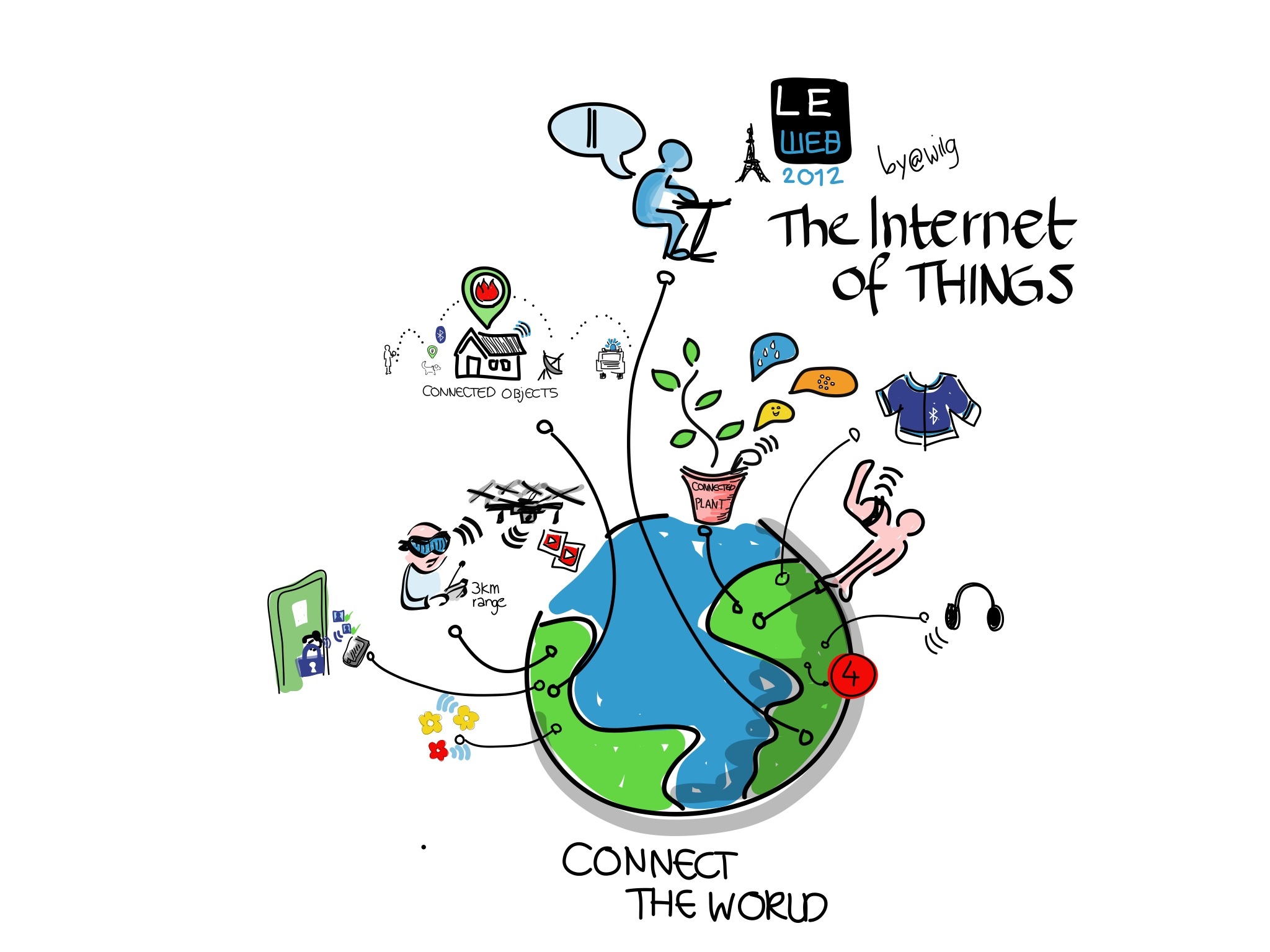 An article analysed how the Internet of Things (IoT) is “causing disruptions” even to reverse logistics.
An article analysed how the Internet of Things (IoT) is “causing disruptions” even to reverse logistics.
Supply and Demand Chain Executive hosted an article by Kirti Acharya, General Manager of Digital Transformation and Enterprise Solutions at Happiest Minds Technologies USA, who outlined that the IoT is “causing disruptions across the industries and corporations globally”, and that the logistics sector “is not one to be left behind”. This sector is “now addressed with equal importance as forward supply chain management”, he added” thanks to “online sales and e-commerce”.
These two areas have “prompted manufacturers to become cognisant of the costs and operational challenges associated with reverse logistics”, and online sales “contribute to 20 to 30 percent of all returned goods”, but reverse logistics aren’t “merely an e-commerce challenge”, but “span across all industries and hence, [as] the reasons for return can also be various”.
Acharya points out that “the challenge most companies face is not just transportation and pickup of returned goods, but also, to assess the resell or reuse value of the product, which brings into play the manufacturing and inventory costs as well” He first focuses on “pick and choose”, as “in a world of free delivery and shipment, the downside is for companies that end up bearing the brunt of free returns”.
This can include “arranging a pickup from the customer’s doorstep and transporting it back into the warehouse and in the case of third-party logistics, back to the delivery centre and eventually to the warehouse”, which adds “the delay in time” and is “immensely costly”, preventing manufacturers from “placing the product back into the marketplace”.
He gives positive examples including UPS’ Returns Flexible Access, allowing customers to drop off returned products in centres or “their own mailboxes”, picked up by the postal service or UPS and sent back, containing “smart sensors”. Other firms use “smart tagging” connected to cloud servers for tracking, or RFID, Bluetooth and other technologies, which can also be “utilised for sorting”, with products tagged for “replacement, reuse or remanufacture”.
Next was “constant service”, where companies are “tapping into the IoT framework” to check performance, “depreciation and service timing”, and allowing them “to manage return flows that are mostly unpredictable in nature”. On reducing, reusing and recycling, Acharya cites that “a strong reverse logistics strategy is indispensable for companies to sustain themselves in the circular economy” to “reduce costs and “reuse and recycle” raw materials or “product scraps”.
Companies can “determine and sort the products that can be reused and remanufactured for use in other products”, and “it will be unwise to ignore the impact this has on costs as well as the environment”. One example is Samsung’s Take back and Recycling (STAR) programme in the USA, “which allows users to return used printer cartridges through their mailboxes” that are “reprocessed by Samsung into usable components”.
Lastly, the role of IoT in warehousing includes “adding sensors, beacons and robotics” to take “numerous measurements and collect many different data points”, with tools “able to process all of this data to find the most efficient, productive, effective, safe and convenient” ways to run the site. This includes “remote monitoring of equipment”, monitoring machinery for tech support, “real-time visibility”, “capacity sensing”, smart tags for eliminating “manual inventory”, and safer environments.
He concludes that “a successful reverse logistics strategy in the current world will work when the various stakeholders […] are connected and integrated”, and “benefits will be reflected in various aspects of the business model, from transforming customer experience, operational and manufacturing costs to corporate social responsibility. Reverse logistics can no longer be underestimated and siloed”.
